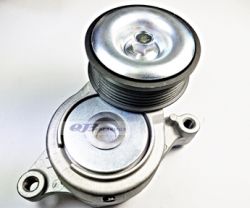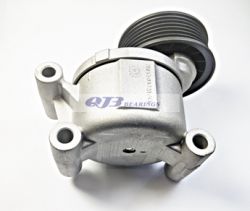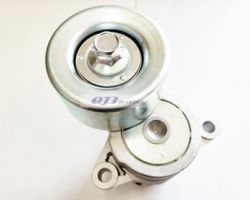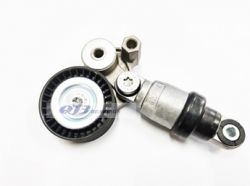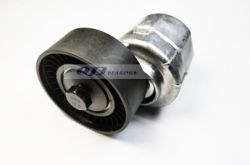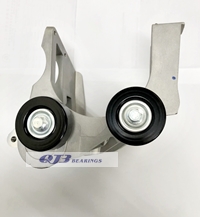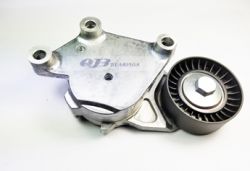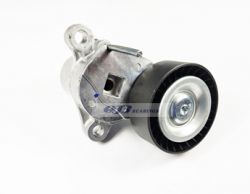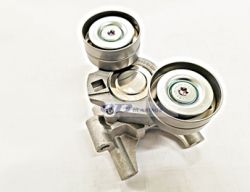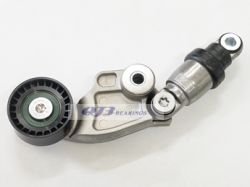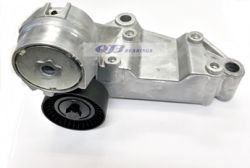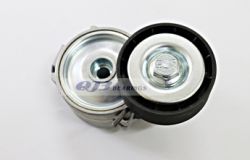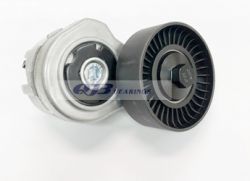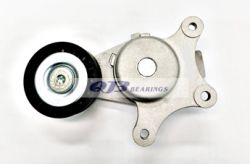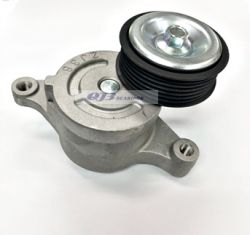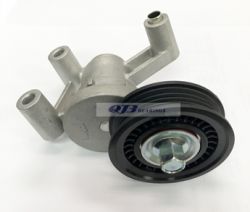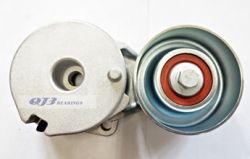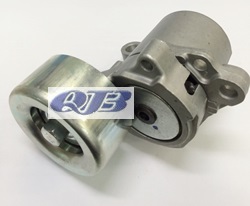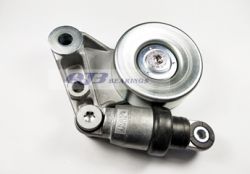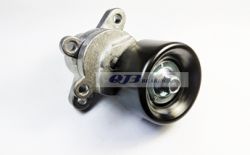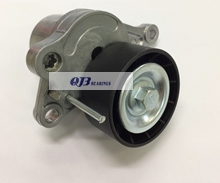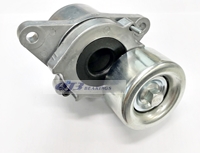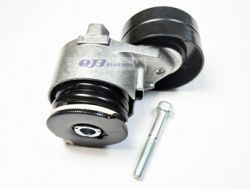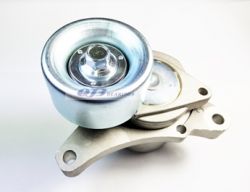The idler pulley is a pulley in a timing belt drive or an accessory belt drive. These pulleys are in a belt-driven outer ring mechanism but not connected directly to a power source and cannot increase speed or torque. Therefore they do not have any mechanical advantage nor transmit power to a shaft.
Idler pulleys are used in car engines to improve belt drive performance. The power generated by the crankshaft rotates the wheel, which turns the belt and enables torque, speed, and mechanical power to be transmitted. Idler pulleys regulate the belt by taking up the slack, changing the direction of transmission, or providing clutch action. Hence idler pulleys function as a part of the engine for:
- Remain the belt in place.
- Redirect the belt.
- Keep the belt engaged by pressing itself against the belt.
The idler pulley can be made with different hard materials, but steel and plastic are the most common. An idler pulley consists of a pulley component called a sheave, or a wheel containing a groove that runs along its end. An idler pulley is braced between supports and holds a belt, which sits in the groove and runs over the roller. A bearing bolted in the inner ring remains the pulley stationary while the outer ring spins freely (or vice-versa).
An idler pulley's components wear over time due to the continuous running on the belt ring mechanism. For example, the bearing could be worn out and cause the Idler pulley to slip. These issues then cause the malfunction of the engine and the vehicle. Therefore, the idler pulley needs inspection regularly. When replacing an idler pulley, the mechanic needs to ensure that the replacement is identical to the old pulley, and the installation is accurate. It is essential always to seek a qualified and professional mechanic to do the work.
Queen Jen's idler pulleys adhere to the Conveyor Equipment Manufacturers Association (CEMA) standards. We produce idler pulleys for the automotive aftermarket. Our idler pulleys can be used for all leading automobile brands on the market.
To find the right idler pulley, please visit Application.

